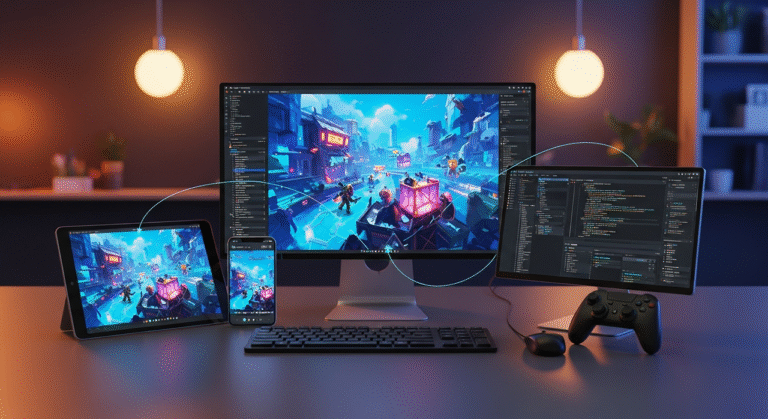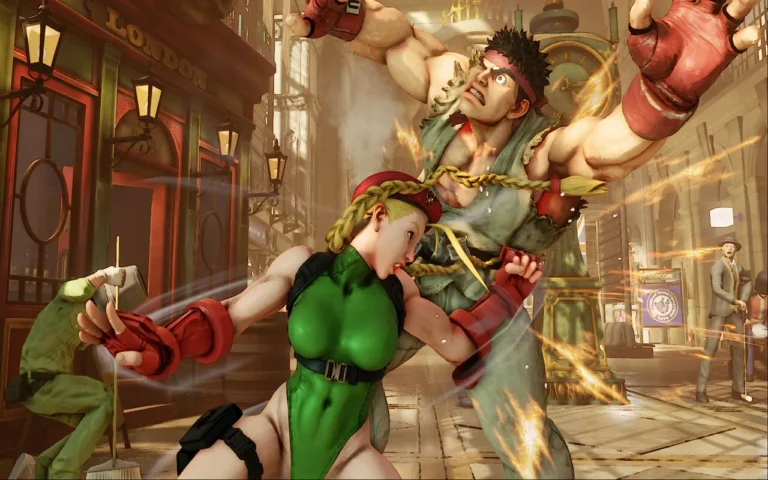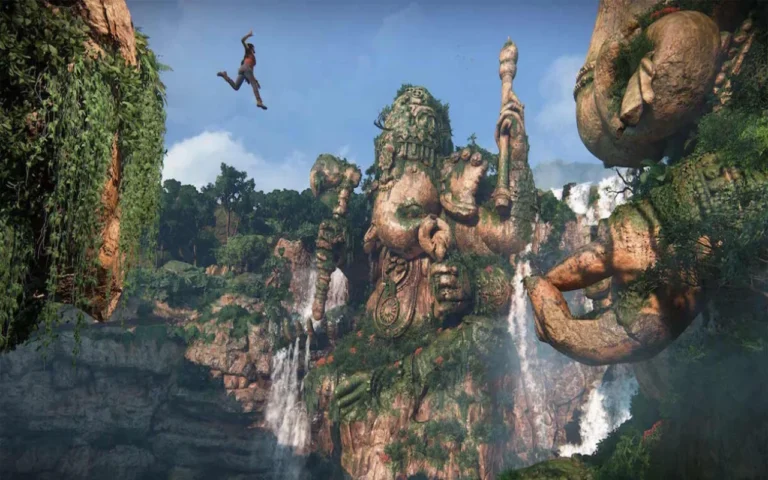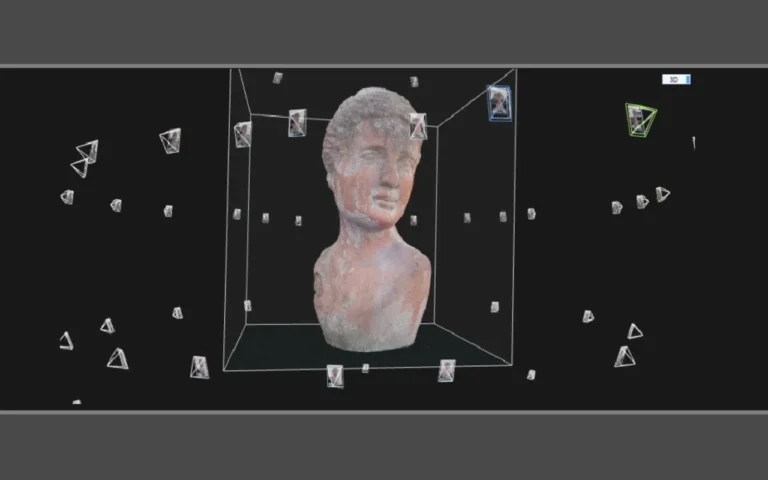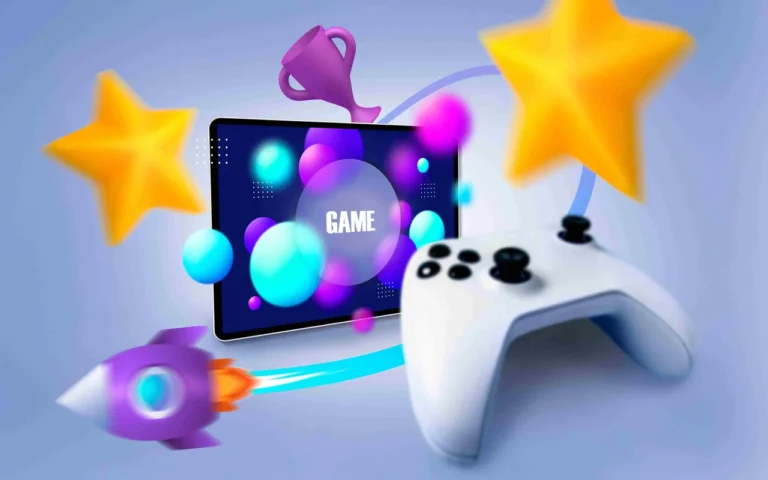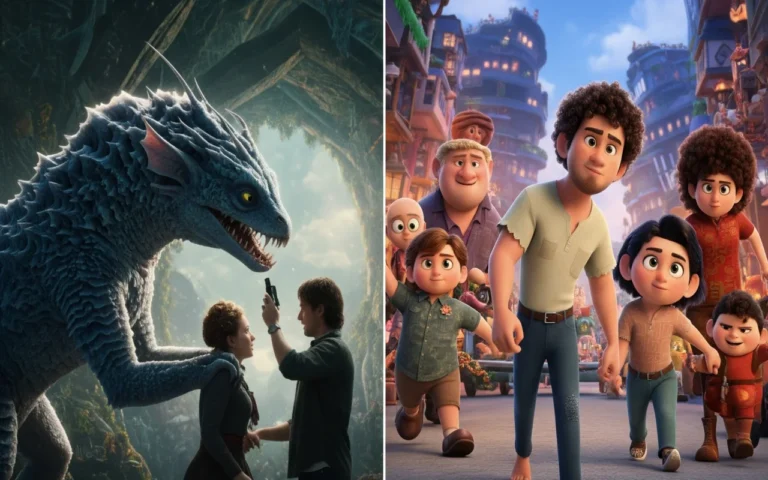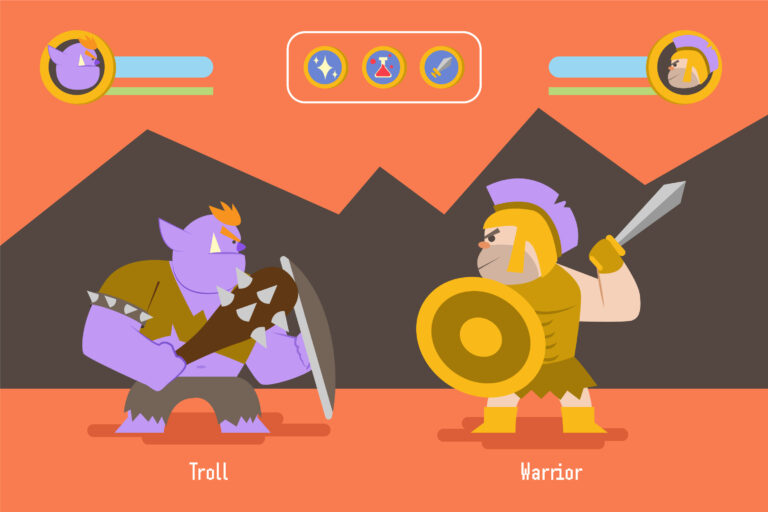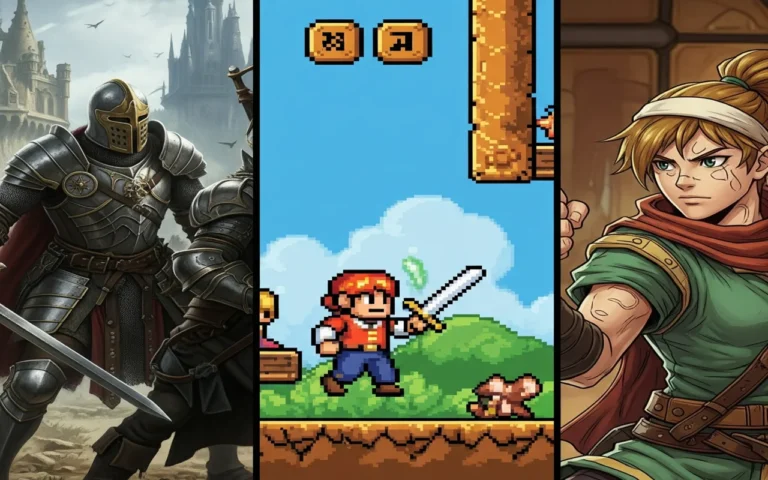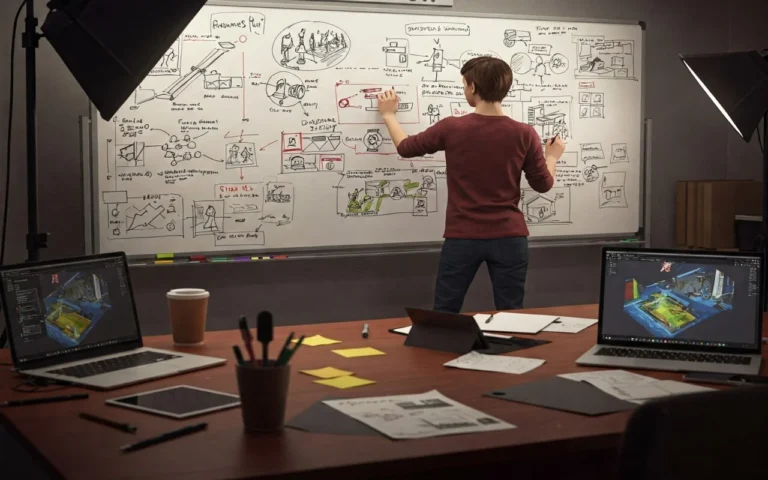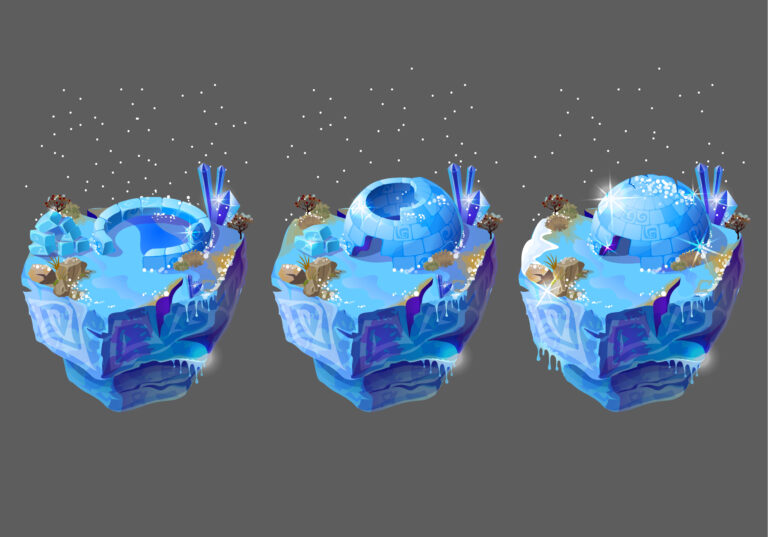Call of Duty makes about $800 million a year, and one reason is that its explosions look totally crazy. Candy Crush, on the other hand, keeps millions of people hooked with simple sparkly effects that don’t cost much to make.
Visual effects are no longer just decorations. They’re secretly deciding how much fun you have, how long you play, and if you’ll come back tomorrow. For studios providing game art services, mastering these effects is a core part of creating engaging gameplay experiences.
In fact, visual effects designers are playing with your mind every time you see an energy drink glow green or your sword shoot sparks. And most players don’t even know it’s happening.
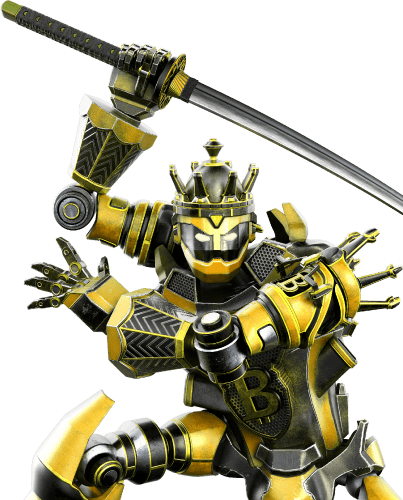
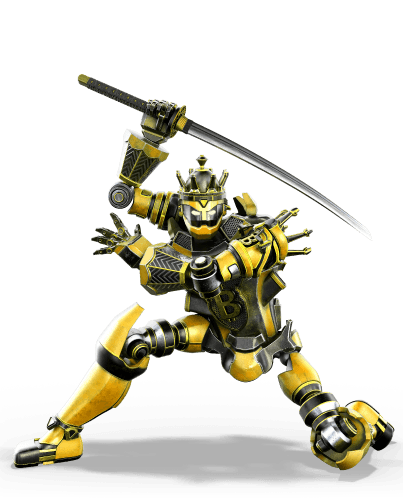
Need Game Art Services?
Visit our Game Art Service page to see how we can help bring your ideas to life!
What is VFX in Game? (And Why Should You Care?)
VFX in games is just all the cool visual effects that make things awesome.
That’s VFX at work when your character throws a fireball, and it looks like fire. Or, when raindrops hit your armor and bounce off in a way that looks real, that’s also VFX.
The thing is, games make these effects happen while you play. But what about movies? They make everything ahead of time and then show it to you.
For example, the axe throws in God of War. Every spark that hits metal is made at that exact moment.
But really, VFX isn’t just for looks. It tells you what matters without using words, and it’s your game’s secret translator.
- Glowing objects scream, “Grab me!”
- Red flashing means “danger ahead.”
- Sparkly particles whisper, “Something good just happened.”
- Smart developers use this visual language to help you explore their worlds.
How Does Your Brain Fall for VFX Tricks?
Your brain is like this total pleasure-seeking machine, and game developers totally know how to manipulate it. That’s why seeing a shiny prize box makes you feel the same way you do when someone likes your picture: Just happy.
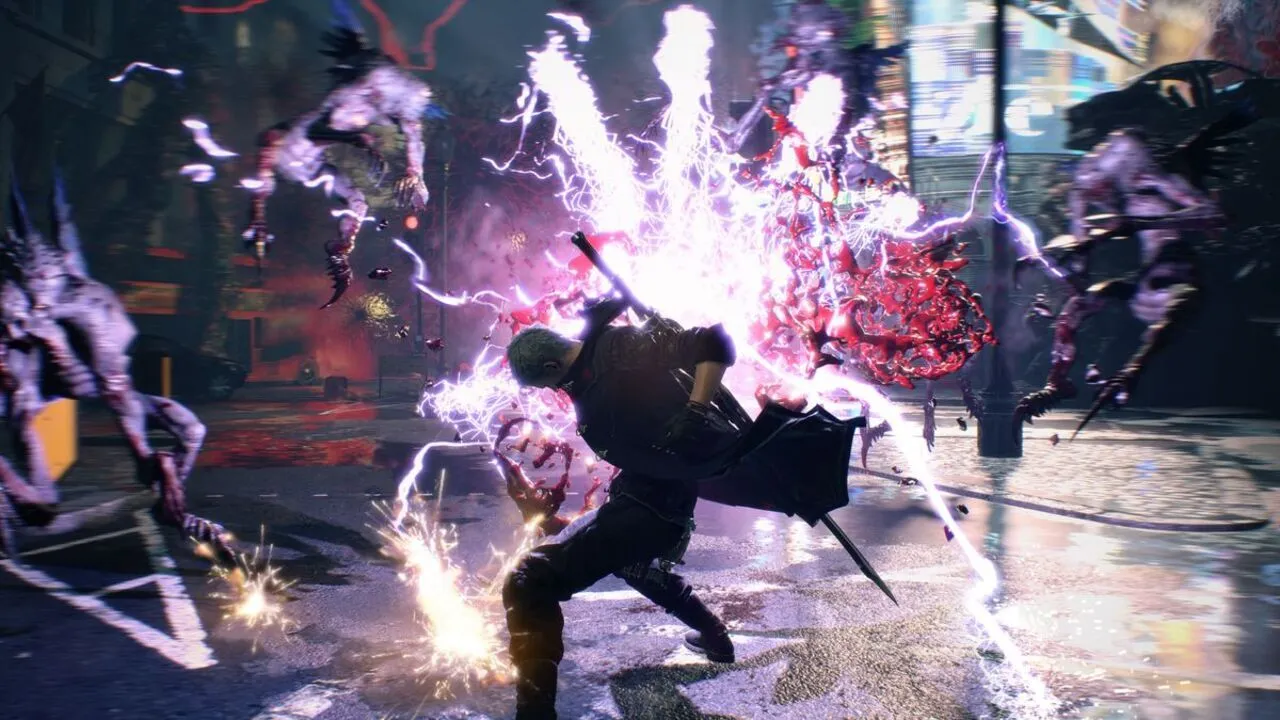
What’s really sneaky now is the color. Professional game designers carefully add psychological factors to their worlds.
In Overwatch, healing abilities entirely light up in a bright yellow-green color because our brains just link those shades with life and growth. At the same time, enemy ultimates flash angry red, which makes your heart beat faster.
Here’s what your brain knows deep down about each color:
- Blue effects vibe with a magical and reliable feel (like those mana potions)
- Purple shouts are rare and valuable (like legendary loot drops)
- Orange gives you a heads up without freaking out (moderate danger zones)
- Green vibes are super chill and actually good for you (health pickups all over the place)
However, there is more trickery going on. Your brain releases a small mix of happy chemicals when you land a perfect headshot in Counter-Strike and see the satisfying blood splatter effects.
All Types of VFX in Games
There are three main types of VFX that change how you play:
- Environmental effects that make the world feel real
- Combat effects that make you feel strong
- UI effects that help you without being too obvious.
Each type has its own job, but they all work together to keep you glued to your screen and make every action feel important.
1. Environmental VFX Effects
Have you ever walked through a game and felt like the world was alive? That’s the magic of environmental VFX happening behind the scenes.
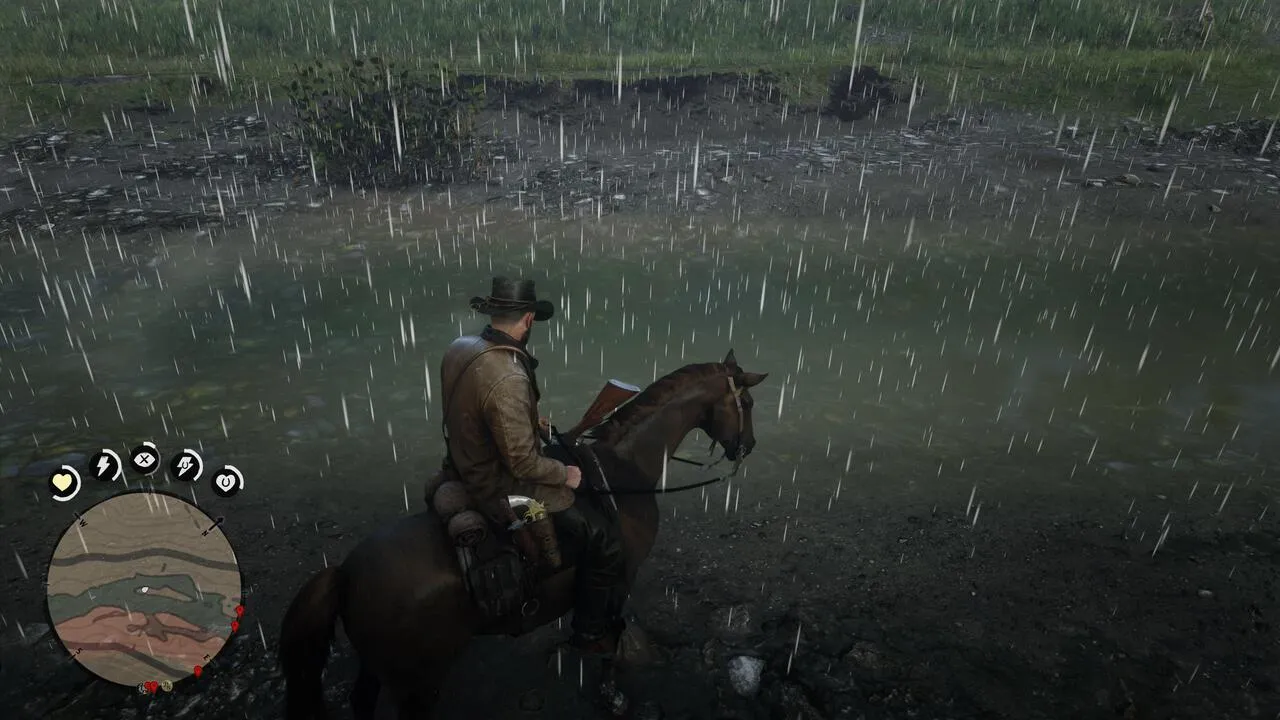
In games like Red Dead Redemption 2, rain doesn’t just look nice; it changes how your horse moves, makes surfaces slippery, and even changes how NPCs act.
Well, in this game, the developers made more than 180 different weather states that change based on where you are and how far along you are in the story.
Meanwhile, dynamic lighting helps you find your way without being too obvious, like the sunlight in The Last of Us Part II that naturally leads you to important parts of the story.
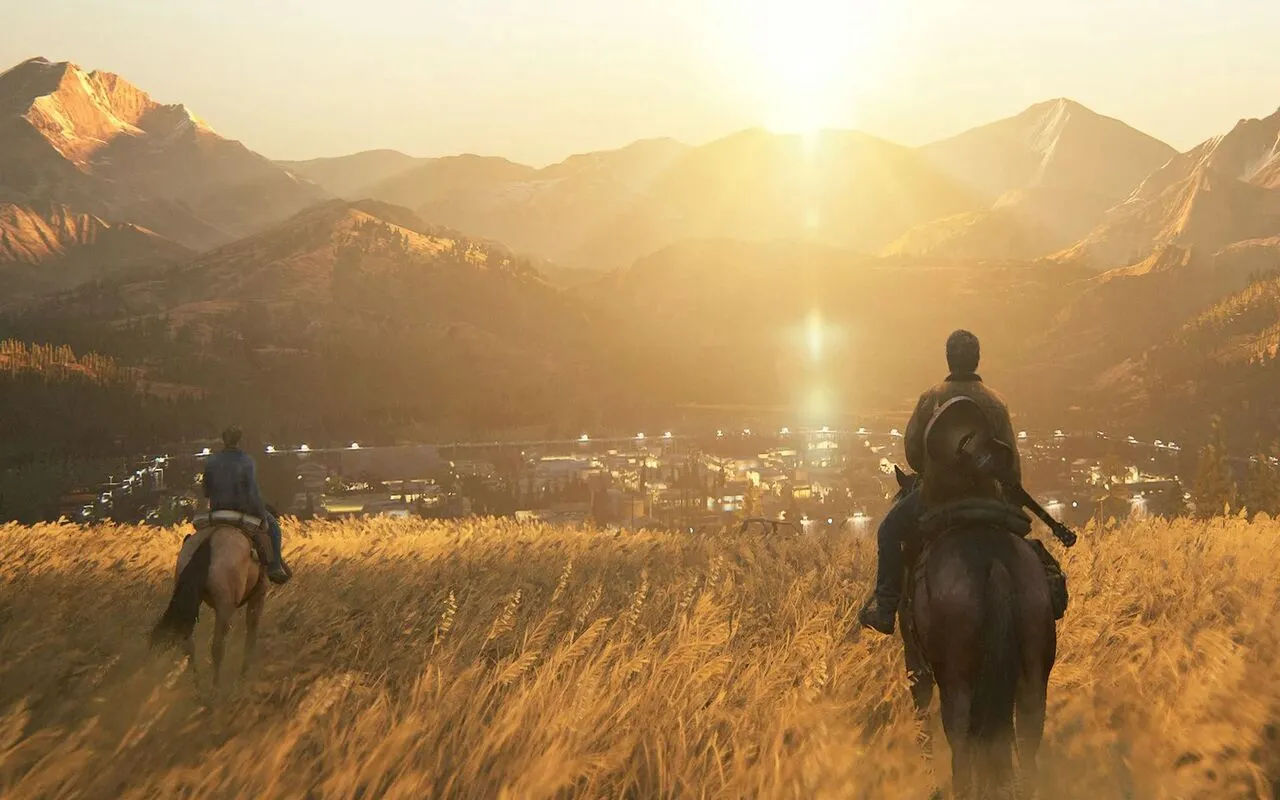
What really makes these effects work is:
- Fog that really makes it hard for enemies to see in multiplayer games
- Wind that moves grass and changes the paths of projectiles
- Day/night cycles that change 47 different light settings
- Effects of temperature that show character breath below 5°C
2. Combat & Action VFX Effects
The only reason combat effects exist is to make you feel like a total warrior when you fight.
Just see what happens when you do a perfect combo in Devil May Cry 5. Layered particle systems make each successful hit look more intense.
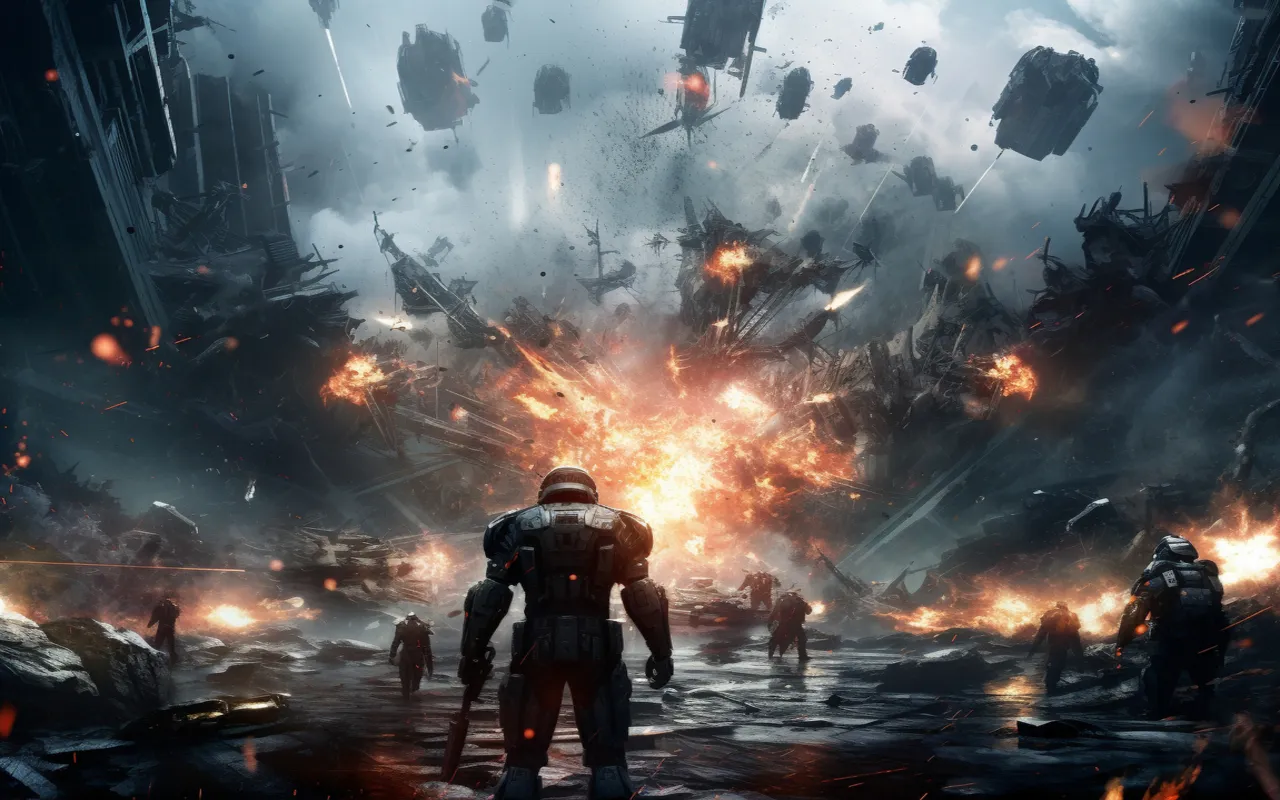
If you have ever played the game, you would see that the first hit makes simple sparks, the second adds color trails, the third adds effects to the screen, and by the fourth hit, you’ve got a full light show to show off your skill.
Also, modern shooters use accurate physics for blood splashes now. For example, Call of Duty keeps track of the angles at which bullets hit and figures out how they spread based on 23 different types of surfaces. In the meantime, Mortal Kombat makes individual drops that mark clothes during the whole match.
The sound of a gun tells another story, too:
- The color of sword trails changes with each upgrade level.
- There are 8 different brightness settings for gun muzzle flashes.
- Actual physics are followed by explosion fragments for 4.7 seconds.
- The effects of an impact automatically change based on how much damage it does.
3. UI & Feedback VFX Effects
The little helpers called UI effects talk to you without saying a word. They make all that hard-to-understand game information easy to understand immediately.
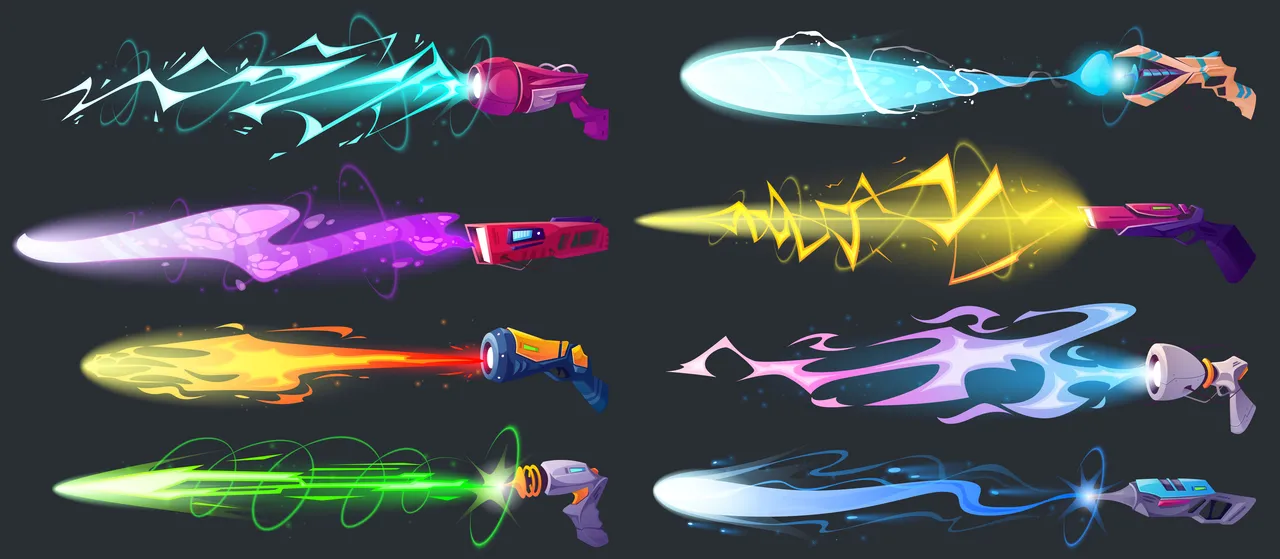
The developers created this clever color system where white items barely glow at all. Then the green ones pulse a bit more, and even the blue gear shows steady light that catches your eye. Also, purple tools and gear shout, “This is good stuff!”
What does this machine do that is smart? Well, after playing for about two hours, players figure out the color code. There’s no need for a lesson; your brain will learn it on its own.
Also, health warnings get really emotional, too. The health bar turns red at exactly 25% in most games, which is based on the real-life point at which people start to freak out.
As an example, the “Play of the Game” moment in Overwatch uses 31 different visual tricks to get people excited in just 3.2 seconds:
- At first, golden sparkles go off everywhere.
- Screen edges light up with the colors of your team
- The picture of your figure gets a special glow treatment.
- Your star shines brightly as everything else goes away.
VFX in Games Based on Genre Breakdown
VFX can change how you feel in different ways depending on the type of game.
Action games get your heart racing with quick effects, RPGs sell you on impossible powers with complicated graphics, and horror games use psychological tricks to make you feel scared without you even knowing why.
Action Games
After all, the main thing that action games do is get your heart racing. Every punch, gunshot, and explosion needs to feel like it has a lot of power.
For example, look at the headshot effects in Call of Duty. When you hit that perfect shot, about 15 different visual layers start working at the same time. The blood splatter, camera shake, lens flare, and particle parts all happen at the same time in 0.2 seconds.
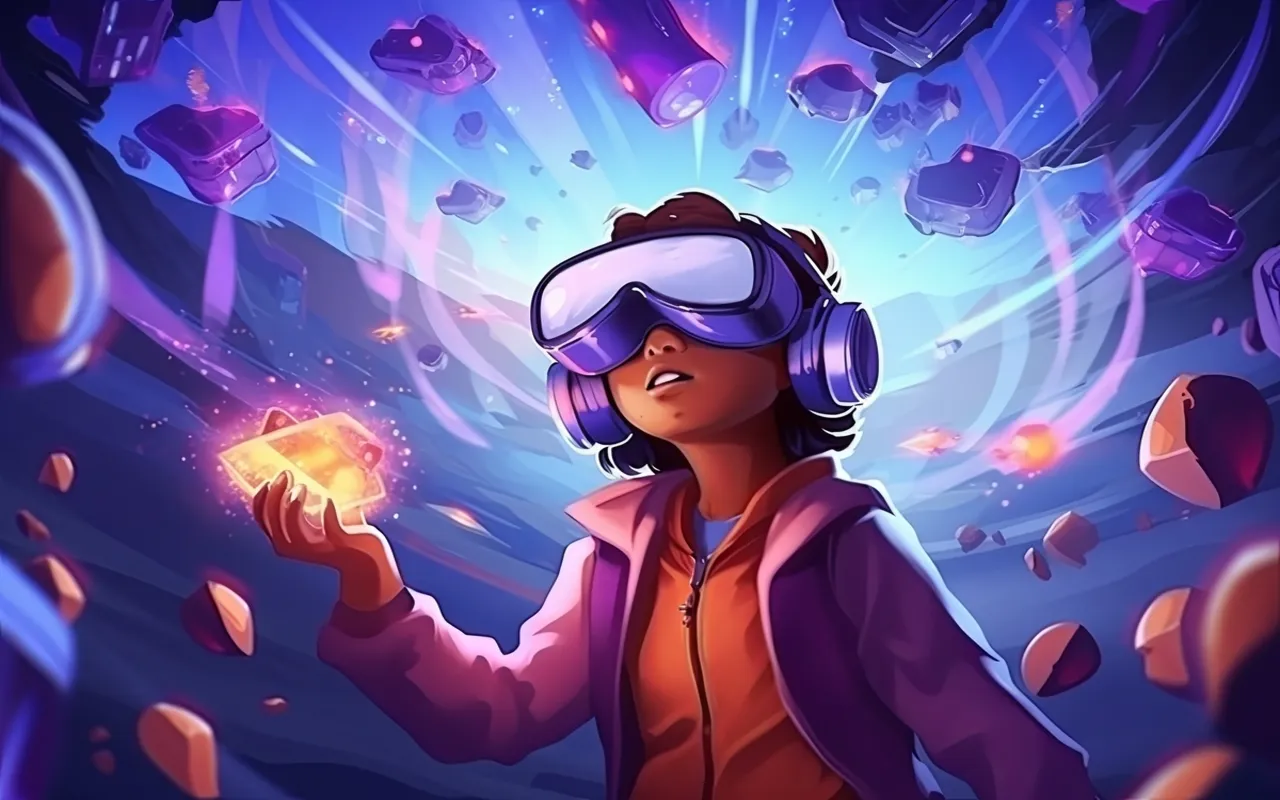
Speed-blur effects are also very important for fast shooters. In Titanfall 2, when you run, the edges of the screen flash with motion lines that match the speed of your character.
- Most shooters’ gun flashes last exactly three frames.
- The amount of screen shake fits the weapon’s power.
- Particle devices handle more than 200 elements in a single blast.
- Any speed over 20 units per second causes motion blur.
RPG Games
RPGs do something very different. They have to convince you that magic exists and that impossible things can happen.
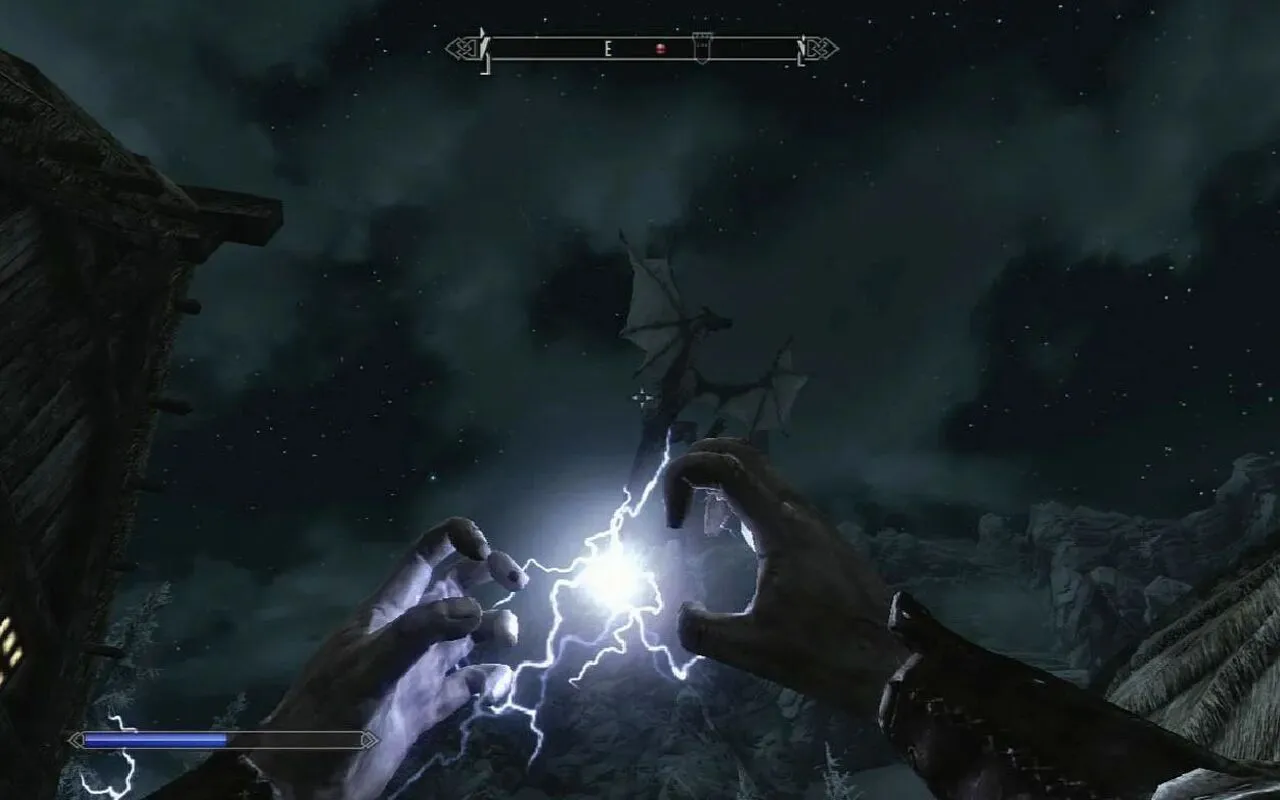
When your character levels up in Skyrim, their spells get stronger. At the beginning, a basic fireball spell might make 20 particle elements, but by the end, that same spell makes over 300 graphic elements. The Witcher 3 goes even further; when you cast certain magic, the lighting changes all around you.
VFX are also used to show how characters change over time. The more powerful your gear is in World of Warcraft, the brighter it glows. For example, epic things give off golden pulses, and legendary weapons leave behind special particle trails that move with you.
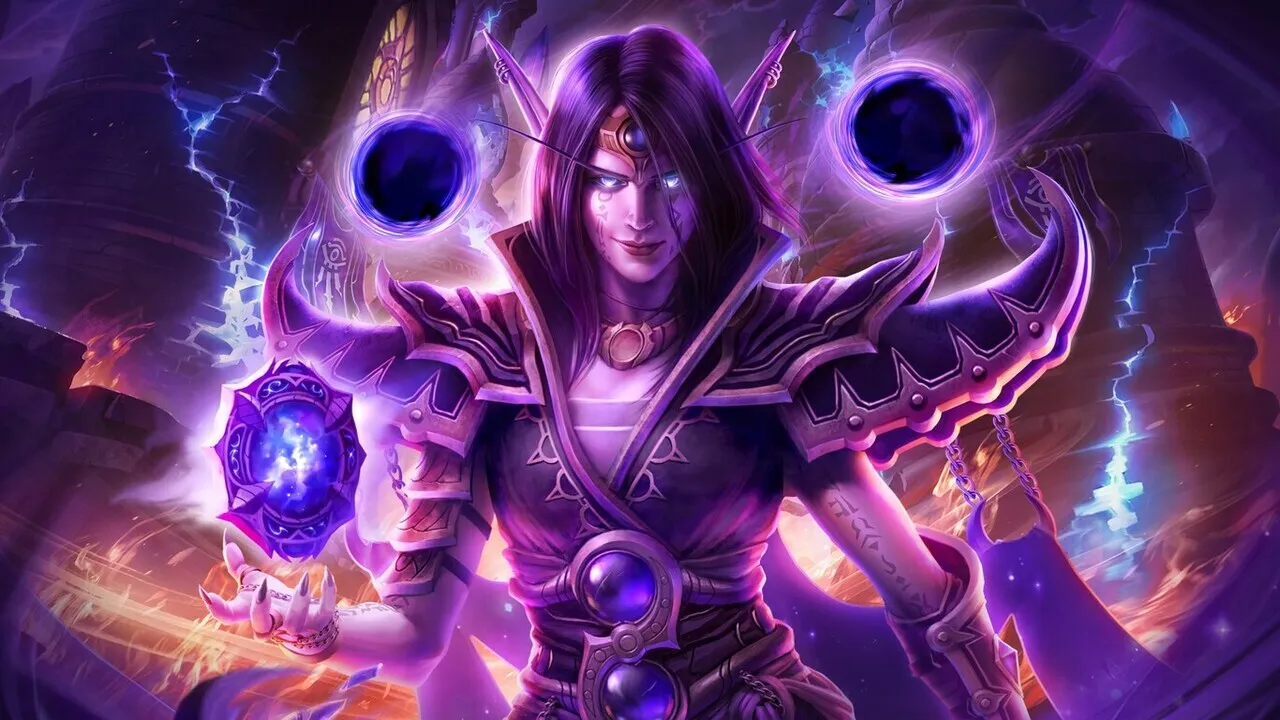
Environmental storytelling really flourishes here. Flying motes make magical areas sparkle, while dead plants and dark energy wisps show up in cursed areas.
- The complexity of spells runs from 10 to 500+ particles.
- There are 12 different levels of glow for gear value.
- As the story goes on, the weather changes.
- Auras of magic work within a 16-meter range.
- Fantasy feels real and achieved when the effects in an RPG are good.
Horror Games
Horror games turn the tables completely. In this case, VFX are there to mess with your mind and make you feel pure fear.
Silent Hill did this well by making the fog act strangely. The mist moves in a way that goes against the wind, which makes people feel uneasy without them even knowing it.
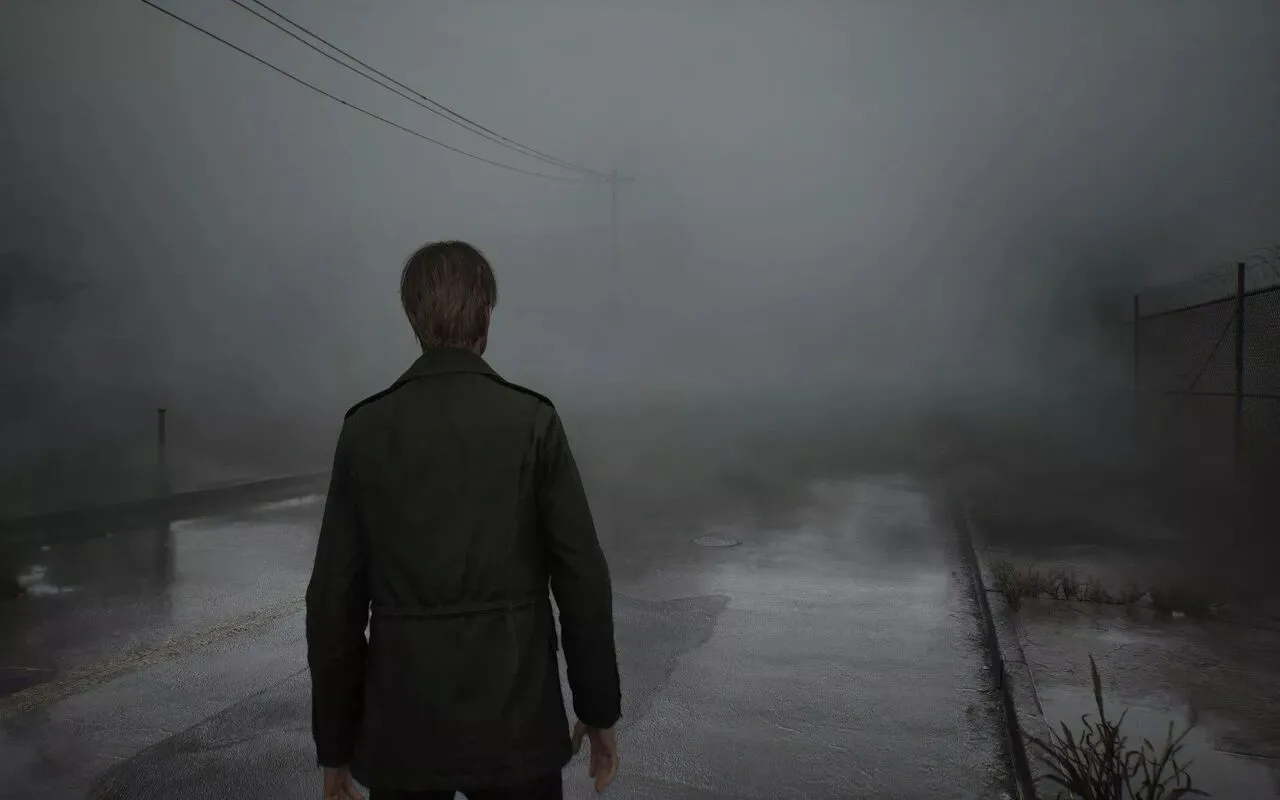
Resident Evil 7 also uses light shows that follow broken rhythms because our brains look for patterns, and when things don’t happen on time, they make us feel stressed.
Even scarier are the emergency lights in Dead Space that flash at 140 beats per minute, which is the same speed as a person in a panic. Amnesia, on the other hand, uses shadows that don’t quite match their light sources.
Games That Got VFX Right
The visual effects in some games are so great that they become legendary. Let’s find out what made them unique.
The Witcher 3 changed how spells worked in every way since it feels different and strong for each magic sign. Igni makes real fire that spreads to nearby items, and Quen shows a real magical shield bubble that moves when it gets hit.
Overwatch, on the other hand, showed that stylistic effects can work just as well as real ones. Their doctors use soft, calming colors, while their damage dealers use bright, angry ones.
| Game | What They Nailed | Why It Worked |
| God of War (2018) | Axe throwing effects | Satisfying recall with ice trails |
| Destiny 2 | Weapon feels through VFX | Each gun type has a unique visual signature |
| Spider-Man PS4 | Web swinging particles | Makes movement feel fluid and fast |
| Horizon Zero Dawn | Robot destruction | Parts fly off realistically when damaged |
More effects don’t always mean better VFX. It can mean putting the right effects in the right places.
Why Your Computer Struggles With VFX in Games?
This is where things start to get hard for your poor graphics card. To look real, each particle effect needs a lot of computing power.
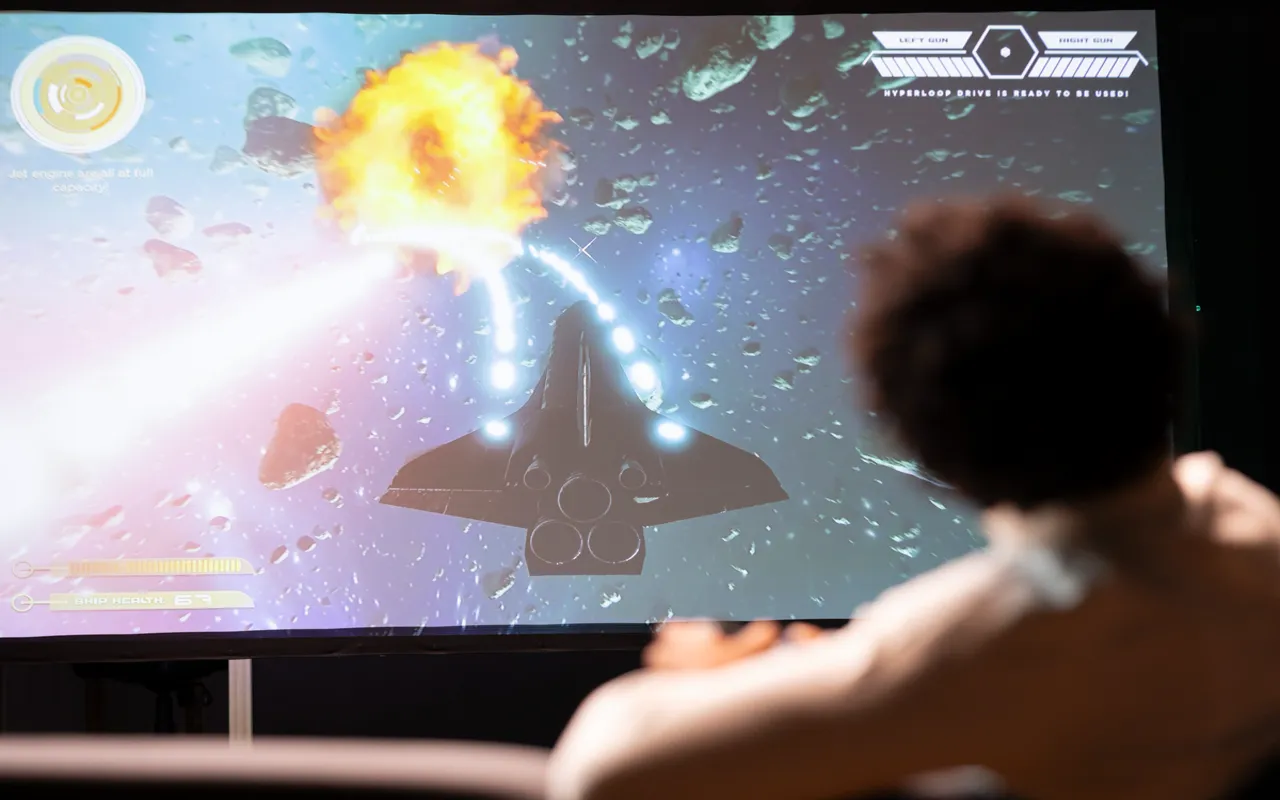
When you see a huge explosion in Call of Duty, your computer is really keeping track of hundreds of separate pieces flying around. At the same time, it’s also taking care of the lighting, shadows, and everything else going on in the game.
The math gets pretty hard, too:
- 500 particles × 60 frames per second = 30,000 calculations
- Include physics, lighting, and finding crashes.
- Multiply by a lot of things happening at once
- Your GPU basically becomes a math genius.
The Eternal Battle of Beautiful VFX vs Flow Gameplay
Developers constantly fight this balance between gorgeous effects and smooth gameplay. Of course, more particles look cooler, but they can tank your frame rate faster than you can blink.

Smart games use clever tricks, though. They’ll show full detail up close but switch to simpler effects when things are far away. So, your brain never notices the swap, but your hardware definitely appreciates the break.
Distance-based optimization works like this:
- 0-10 meters: Full particle effects with physics
- 10-50 meters: Reduced particle count and simplified physics
- 50+ meters: Basic sprites and minimal calculations
- Behind the camera: Effects get paused completely
What’s Coming Next for VFX in the Game Industry?
The future of game graphics is really crazy. With VR glasses, we already have to run from virtual fireballs that feel like they’re coming straight at us.
What’s even stranger is that AI is now suddenly joining the game. There are already games that make different explosion patterns based on how you fight. Basically, each player gets their own fireworks show that no one else will ever see the same way.
But hold on, there’s more stuff on the way soon. Your game setting might be able to tell what mood you’re in real time and change the effects to match.
Are you stressed? Anyway, the game immediately lowers the lighting. Or maybe you are energized and ready to go? Then everything gets brighter and more powerful to match your energy.
It’s clear that making all of this cool tech work everywhere is the real problem here. It is really hard for developers to make games that look great on your phone, your computer, and your friend’s old laptop without clearly breaking anyone’s hardware.
Still, the next few years should bring us some truly amazing things.
